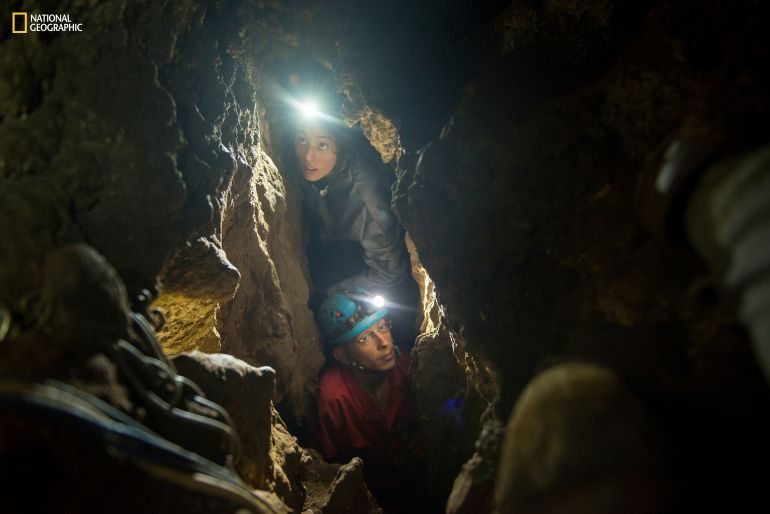Claim comes as Ukraine prepares for a major counteroffensive to retake territory occupied by Russia.
Russia has said its forces thwarted a major Ukrainian offensive in the Ukrainian region of Donetsk, killing 250 Ukrainian troops and destroying tanks and armoured vehicles.
“On the morning of June 4, the enemy launched a large-scale offensive in five sectors of the front in the South Donetsk direction,” the Russian defence ministry said on its Telegram channel early on Monday.
There was no update from Ukraine on the alleged offensive. In its evening update on June 4, the General Staff of Ukraine’s Armed Forces said Moscow was focusing its military efforts on the full occupation of the Luhansk and Donetsk regions.
Donetsk is one of four Ukrainian territories that Russia annexed last September, along with Luhansk, Zaporizhia and Kherson.
“During the day, the occupiers made 23 attacks, but all of them were repulsed by units of the defence forces,” it said.
It was not possible to immediately verify the Russian or Ukrainian claims.
The Russian defence ministry said Ukraine had launched the attack using six mechanised and two tank battalions.
“The enemy’s goal was to break through our defences in the most vulnerable, in its opinion, sector of the front,” the defence ministry said. “The enemy did not achieve its tasks, it had no success.”
Ukraine has been preparing for a counteroffensive to take back territory occupied by Russia since it began its full-scale invasion of Ukraine in February 2022, as as well as the Crimean Peninsula it seized in 2014.
But it has given mixed signals about what the counteroffensive would involve — preliminary, limited attacks to weaken Russian forces and military facilities, or a large scale simultaneous assault across the entire 1,100-kilometre (684-mile) front line.
Russia said its forces killed 250 Ukraine soldiers and also destroyed 16 tanks, three infantry fighting vehicles and 21 armoured combat vehicles.
The ministry added that Russian Chief of the General Staff Valery Gerasimov “was at one of the forward command posts” at the time.
Ukrainian President Volodymyr Zelenskyy made no mention of the alleged assault in his evening video address on Sunday night. He said earlier that Kyiv was ready to act.
Ukraine has in recent weeks sought to weaken Russian positions. Late last month, a senior official said preliminary operations such as destroying supply lines or blowing up depots had already begun.
A drone attack set an energy facility on fire in Russia’s Belgorod region in the early hours of Monday, and regional Governor Vyacheslav Gladkov reported more incursions by pro-Ukrainian, anti-Kremlin Russian Volunteer Corps and the Freedom of Russia Legion armed groups.
The fighters said they had also taken Russian troops captive and would hand them over to Ukraine.
The Belgorod region borders Ukraine and has come under frequent shelling in recent weeks.
Pavel Felgengauer, Russian defence analyst, believes that attacks in the bordering region are part of a plan to force Moscow to direct more troops away from the front lines.
“Ukrainians hope that Russia will remove reinforcement … maybe the Wagner storm troops will be moved to Belgorod meaning that they will be removed away from the south, where most likely the real fighting is going to take place in the coming weeks or couple of months,” said Felgengauer.
“These small troops cannot really achieve a strategic objective by their raids, their only real objective is to pester the Russian and to make them reinforce forces in Belgorod at the expenses of other places,” he added.



.jpg)
.jpg)


